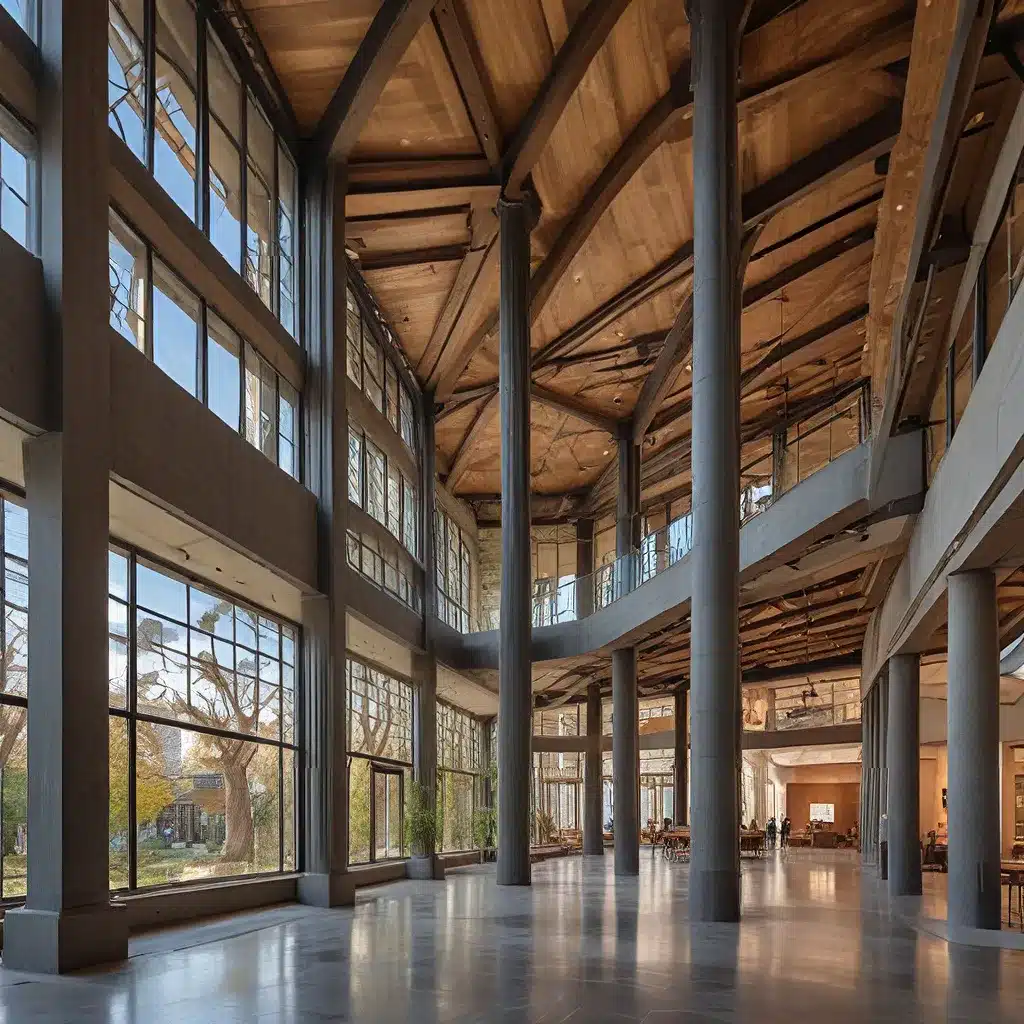
Exploring the Intersection of Architecture and Painting
In the ever-evolving landscape of artistic expression, the influence of architecture on painting has long been a captivating subject of exploration. From the towering structures of David Salle to the urban landscapes captured by Melanie Brock, artists have consistently found inspiration in the built environment, translating the complexities of our constructed world onto the canvas.
Unlocking the Architectural Essence in Painting
David Salle, a renowned contemporary artist, has been known for his ability to transform words and signs into images and symbols. His paintings often serve as a stage for hypothetical questions, inviting the viewer to engage with the work on a deeper level. Salle’s fascination with architecture and its ability to shape experience is evident in his work, which frequently explores the relationships between public and private spaces.
Through his layered, collage-like compositions, Salle masterfully blends elements of the built environment with abstract and figurative elements, creating a dynamic interplay that challenges the viewer’s perception. His use of unexpected color palettes, varying scales, and diverse compositional choices contribute to the overall message and mood of his artwork, inviting the viewer to pause and reflect on the world around them.
Translating the Urban Landscape through Paint
Similarly, Melanie Brock, a Brooklyn-based artist, finds inspiration in the ever-evolving urban landscape that surrounds her. With a background in architecture, Brock’s paintings explore the transitional zones between public and private spaces, capturing the tension, density, and physical interactions that characterize the city experience.
Brock’s oil paintings are imbued with layers of texture and atmosphere, reflecting the multifaceted nature of her observations and experiences within the urban context. Through her use of composition, color, and gesture, she seeks to reorder the visual experience, providing the viewer with a new perspective on the seemingly mundane moments that often go overlooked.
The artist’s intuitive and improvisational process allows her to capture the constant changes in the built environment, from shifts in weather and seasons to the density of people and natural elements. Brock’s work invites the viewer to pause and be present, to appreciate the beauty and complexity that can be found in the everyday.
Bridging the Gap Between the Mystical and the Physical
The intersection of architecture and painting extends beyond the realms of urban exploration. Robert van de Graaf, a Dutch artist, delves into the mystical and spiritual dimensions of the built environment, translating his inspirations into contemporary interpretations.
Van de Graaf’s paintings are a complex interplay of visual impressions and emotional, spiritual reflection. Drawn to religious and spiritual stories, mythology, and the philosophy of life, the artist seeks to express the hidden mystical elements that he perceives in the world around him.
Through the use of oil paints, drawings, and watercolors, Van de Graaf creates large-scale works that balance between the figurative and the abstract, providing freedom for the viewer to engage with the work and find their own personal meaning. His mark-making, ranging from energetic gestural strokes to delicate, precise lines, serves to convey the intended emotion and narrative of each piece.
Unlocking Creative Possibilities through Architectural Inspiration
The synergy between architecture and painting has the power to unlock new creative possibilities for artists and art enthusiasts alike. Whether exploring the built environment’s impact on the human experience, the interplay of public and private spaces, or the mystical and spiritual dimensions of the physical world, these artists demonstrate the transformative potential of translating architectural elements onto the canvas.
By immersing themselves in their surroundings, observing the nuances of the built landscape, and channeling their unique perspectives, these painters invite us to see the world through a different lens, to appreciate the beauty and complexity that can be found in the structures and spaces that shape our daily lives.
As you embark on your own artistic journey, consider how the principles of architecture might inform and inspire your painting practice. Experiment with varied compositions, unexpected color palettes, and gestural mark-making to capture the essence of the built environment and explore the boundless possibilities of this dynamic artistic intersection.
Pencil and Paint Muse is a hub for artists, hobbyists, and creative individuals seeking inspiration and guidance in the realms of drawing, painting, and creative expression. Discover more architectural-inspired artworks, insightful tutorials, and expert tips to elevate your artistic practice and unlock new avenues of creative expression.